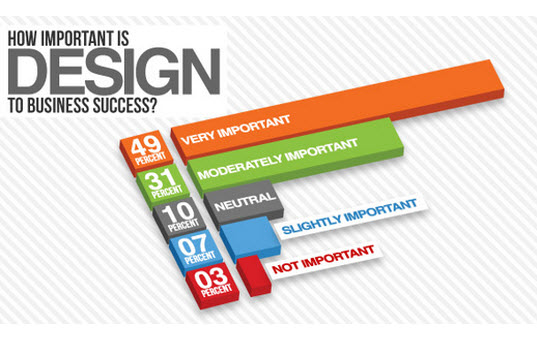The Evolution Of Website Design: From Past To Present
The Evolution Of Website Design: From Past To Present
Blog Article
Created By-Johnsen Dalby
In the past, web sites were basic and concentrated on information. Navigating was direct, and layout was for desktop computers. Currently, customer experience is vital. Information guides designs for very easy navigation. Responsive layouts suit different gadgets. Today, dark mode reduces strain, and minimal menus enhance navigation. Interactive functions involve customers, and vibrant visuals stand apart. AI integration increases interaction. See how design has actually evolved to boost your on the internet journey.
Early Days of Web Design
In the very early days of website design, simpleness preponderated. Internet sites were fundamental, with limited shades, font styles, and formats. The emphasis was on providing info instead of fancy visuals. Users accessed the web with slow-moving dial-up connections, so speed and functionality were crucial.
Navigation menus were straightforward, typically situated on top or side of the page. Web sites were designed for desktop, as mobile surfing wasn't yet widespread. Content was king, and designers focused on very easy readability over complex design elements.
HTML was the primary coding language used, and designers had to work within its constraints. Computer animations and interactive functions were marginal contrasted to today's requirements. Web sites were static, with little dynamic material or customized individual experiences.
Surge of User-Focused Style
With the evolution of website layout, a shift in the direction of user-focused design principles has actually come to be increasingly popular. Today, producing websites that prioritize user experience is critical for involving visitors and accomplishing service goals. User-focused design involves comprehending the needs, choices, and actions of your target audience to customize the internet site's design, material, and features accordingly.
Designers currently carry out complete research, such as individual studies and functionality screening, to collect insights and responses directly from users. This data-driven technique aids in developing intuitive navigating, clear calls-to-action, and visually appealing interfaces that reverberate with site visitors. By https://searchengineland.com/technical-seo-checklist-7-essential-tips-2017-263936 at the center of the layout procedure, sites can provide a more personalized and enjoyable experience.
Receptive style has actually additionally emerged as a crucial facet of user-focused style, ensuring that web sites are optimized for various tools and display sizes. This versatility enhances accessibility and functionality, accommodating the diverse means customers engage with sites today. Basically, the increase of user-focused design indicates a shift in the direction of developing digital experiences that prioritize the requirements and assumptions of completion user.
Modern Trends in Web Design
Check out the current fads shaping website design today. One popular trend is dark mode style, providing a smooth and modern look while decreasing eye strain in low-light atmospheres. One more key pattern is minimalist navigation, simplifying menus and boosting customer experience by concentrating on essential elements. Incorporating micro-interactions, such as computer animated switches or scrolling impacts, can create a much more interesting and interactive internet site. Responsive style stays critical, guaranteeing seamless individual experiences across different gadgets. In addition, making use of vibrant typography and asymmetrical formats can add aesthetic rate of interest and accentuate certain material.
Incorporating AI modern technology, like chatbots for client support or tailored referrals, improves individual engagement and simplifies processes. Accessibility has also become a significant fad, with designers prioritizing comprehensive style techniques to cater to varied customer requirements. Accepting sustainability by maximizing internet site efficiency for speed and effectiveness is another emerging trend in website design. Teaming up with individual feedback and information analytics to iterate and boost style constantly is important for staying relevant in the ever-evolving digital landscape. By embracing these modern-day trends, you can develop an aesthetically appealing, user-friendly web site that resonates with your audience.
Conclusion
As you review the development of website style from the early days to now, you can see just how user-focused style has actually ended up being the driving pressure behind modern patterns.
Embrace the trip of adjustment and adjustment in website design, always keeping the customer experience at the center.
Remain existing with the current fads and modern technologies, and never quit evolving your method to create visually sensational and easy to use web sites.
Progress, adjust, and develop - the future of website design is in your hands.
